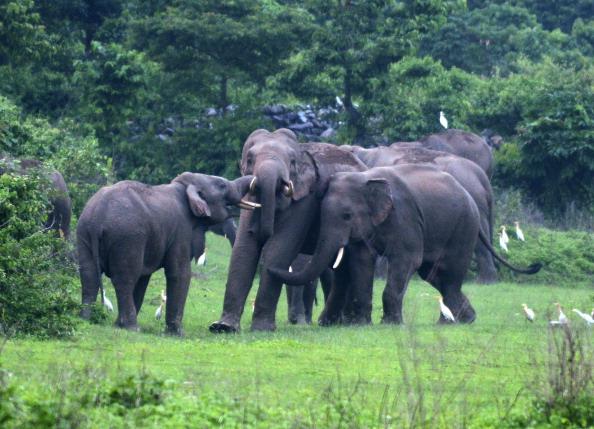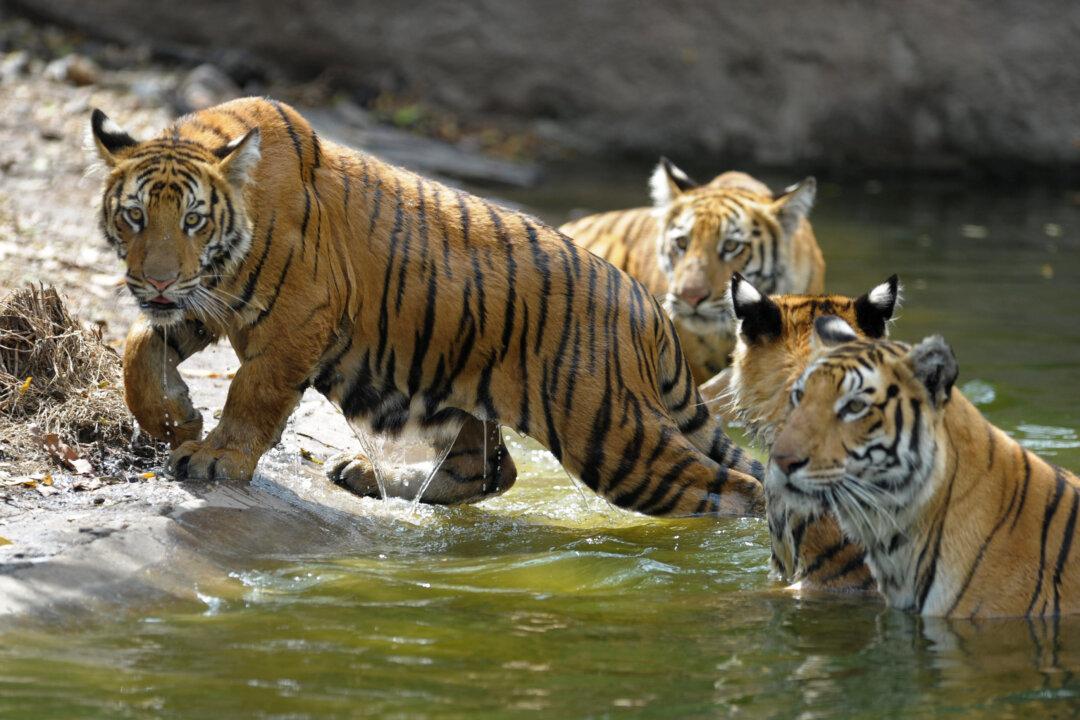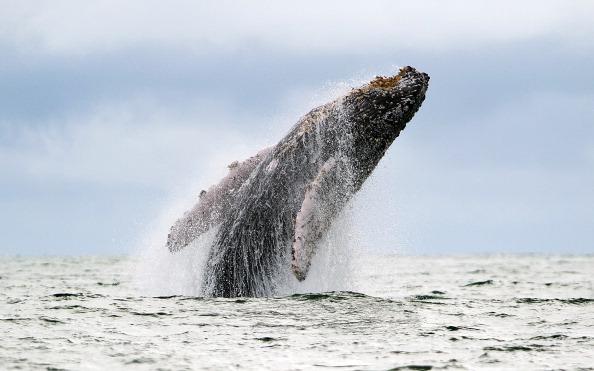Technology will now be employed to ensure the safety of elephants that are at risk of being killed by passing trains. In an affidavit issued by the Ministry of Environment and Forests (MoEF), the government has recommended the use of technology, especially electronic surveillance, to curb the number of elephant deaths due to collision with trains. Other measures such as reduction of speed of trains in areas frequented by elephants have also been suggested with a view to save more lives.
These measures were issued in an affidavit to the Supreme Court by the Ministry of Environment and Forests in response to a Public Interest Litigation (PIL) demanding the steps taken by the government to protect elephants being killed by collisions with trains.
The Ministry informed the apex court that site-specific solutions that were required across the 16 states of India with elephant population would be adopted instead of having the same set of measures throughout the country.
The Supreme Court directed the EnvironmentMinistry to act in coordination with the RailwayMinistry, especially in the states of West Bengal and Odisha, where incidents of elephant deaths due to speeding trains has been frequent.
Using the E-eye
The MoEF proposes to use technology to stop the occurrence of such deaths especially a pilot project by Indian Institute of Technology (IIT), Delhi termed ‘e-eye’. A low-cost wild animal detection system using wireless sensor networks is currently being tested and used in Rajaji National Park in Uttarakhand. The ‘e-eye’ system based on infra-red cameras is already in use on pilot basis in Corbett National Park, Uttarakhand and is proving to be very useful in tracking animals and detecting poachers.
The Ministry has directed the West Bengal Government to assess the feasibility of implementation of ‘e-eye’ in north Bengal region.
“This system could be capable of tracking movement of elephants in order to warn the train drivers regarding the presence of elephants in their area. However, coverage of area under the system and an efficient 24 hour daily monitoring mechanism will be necessary for success of these measures. The West Bengal government has been advised to assess the likely benefit of this system,” said MoEF in the affidavit.
More use of technology was suggested by putting into use Unmanned Aerial Vehicles(UAV) in elephant landscape to track their movement near railway lines.
In its affidavit in the court, the Ministry of Environment and Forests (MoEF) said,
“Indian Institute of Technology, Kanpur’s department of aeronautical engineering made a presentation on application of UAVs to track movement of elephants near railway lines so as to find a plausible solution to the problem.”
The Supreme Court was also informed that both Railway Ministry and the Environment ministry of India had agreed upon restricting the speed limit of trains to 25 km per hour in all recognized elephant habitats.
In addition, other measures to ensure minimum elephant death on tracks include,
- Construction of underpasses and ramps in identified stretches to facilitate elephant movement
- Creating steep slopes on railway embankments
- Barricading and fencing identified vulnerable stretches of rail track
- Regular sensitization of railway staff, train drivers, station masters on precautionary measures in elephant lands
The Asian elephant (Elephas maximus) is an endangered species whose population is on the decline. India is home to around 26000-30000 elephants, which is over 50% of the total elephant population (41000-52000). The main threats to the elephant are human-animal conflict and poaching. In 2010, the Government of India had declared the elephant as a national heritage animal.
This article was originally written and published by Ramya Naresh, a contributing writer for indiasendangered.com. For the original article and more information, please click HERE.




